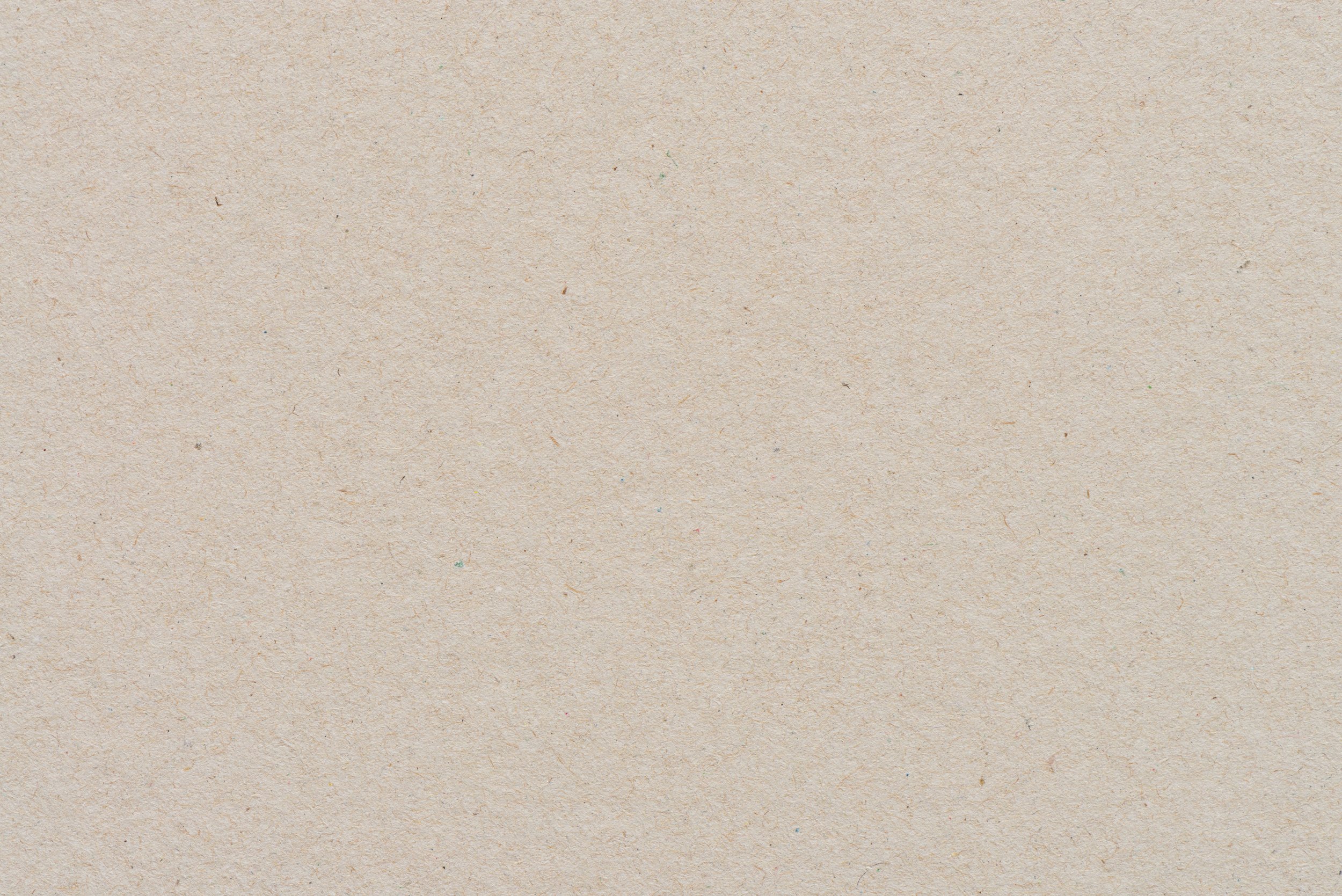
What Do Roots Do?
LESSON 3
Children learn about plant roots as they participate in an experiment and begin an art project.
The book “What Do Roots Do?” by Kathleen V. Kudlinski
Soil, pebbles, or rice
Absorbent paper towels
Food coloring
Tape
Scissors
Water
Clear cup or glass jar
Paper
Scrap paper, tissue paper, or construction paper
Materials
Preparations
Gather the materials.
Introduce children to the different types of roots and how they work to help the plant grow.
Supervise and manage children in the root experiment.
Facilitate active observation as children explore and observe the experiment.
Initiate a conversation about what children learned during their greenhouse visit.
Objectives for Teachers
Objectives for Children
Children recall what they learned as they visited the greenhouse.
Children engage in an experiment to teach them about the function of plant roots.
Children practice scientific thinking as they make observations during the experiment.
Children express creativity as they begin an art project.

Collect and Connect
Practice saying the poem “The Seed,” together with the actions you came up with.
A Seed
In the heart of a seed,
Buried deep so deep,
A dear little plant,
Lay fast asleep.
Wake, said the sun,
And creep to the light.
Wake, said the voice,
Of raindrops bright.
The little plant heard,
And arose to see,
What the wonderful,
Outside world might be.

Activity Flow
Begin the lesson by discussing with your child what they enjoyed and learned on their field trip. Revisit their list of questions and I wonder statements. Were they able to learn anything new while visiting the greenhouse? Write down any answers you discovered about plants and add new questions or wonder statements if they have any.
2. Next, take a look at the seed jars from the previous lesson. Have there been any changes? Hopefully, you can see some roots sprouting from the seeds. Explain to your child that today we’ll be exploring roots and their role in plant growth. Engage your child with questions about roots, such as:
What are roots?
Do you know why plants have roots?
What do roots look like?
Have you seen roots before?
3. Let’s discover the answer to some of these questions with a fun experiment!
Break off a square of paper towel and fold it in half. Then, use scissors to cut small strips from the bottom.
Roll up the paper towel and secure it with tape to resemble a stem with roots.
Next, fill a small cup or jar halfway with pebbles, rice, or soil. Place your paper towel roots in the cup, then finish filling it.
Fill another glass with water and add food coloring if desired, to make it easier to see during the experiment.
Ask your child what they think will happen when you pour water into the cup.
Let them pour water into the jar with the roots and observe what happens. You should see the water slowly travel up the stem part of the paper towel. Encourage your child to share their observations as the experiment unfolds.
Root Experiment
4. After the experiment, initiate a discussion about what was observed. Here are some questions you might ask:
What happened when you poured water into the jar with roots?
How did the stem get water?
5. Explain that this is similar to what roots do for plants: they absorb water and send it up through the stem to the leaves and flowers.
6. Find a comfortable place to read the story “What Do Roots Do?” by Kathleen V. Kudlinski. Tell your child that this book will help them understand why roots are important to plants, and what they do! Read the story.
7. After the story, conclude the lesson by starting an art project that will eventually become a whole flower. Today the children will add the roots and stem. Help your child cut the roots and stem out of tissue paper, scrap paper, or construction paper and glue it onto a full sheet of paper.




